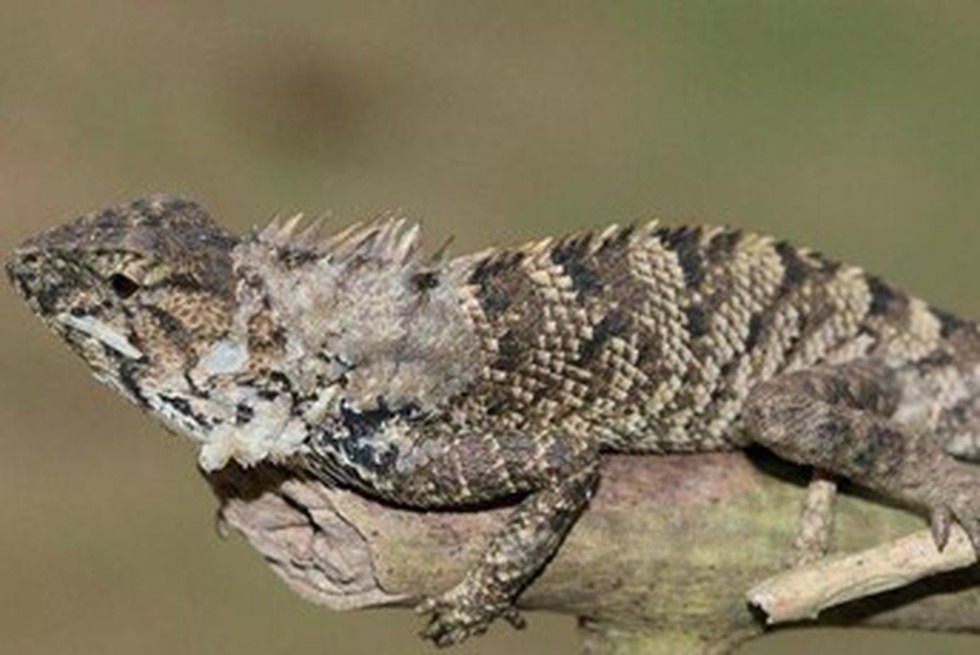Meet the Calotes wangi, a vibrant new lizard species found in southern China and northern Vietnam. Previously mistaken for its close cousin, the Calotes versicolor, this charming reptile boasts a unique orange tongue and a surprisingly diverse habitat range.
Formerly Misidentified:
For years, the Wang’s garden lizard lurked under the radar, blending in with the Calotes versicolor due to their similar physical characteristics. However, dedicated field surveys conducted between 2009 and 2022 revealed the truth. Dr. Yong Huang, a researcher at the Guangxi University of Chinese Medicine, explains, “We collected specimens of the Calotes versicolor species complex in South China and discovered a new, undescribed species and two subspecies hiding right under our noses!”
Introducing the Wang’s Garden Lizard:
This intriguing newcomer measures less than 9 cm long and is easily recognizable by its distinctive orange tongue. Unlike many lizard species confined to specific environments, the Wang’s garden lizard thrives in a variety of landscapes. Dr. Huang describes its preferred stomping grounds: “These adaptable creatures inhabit subtropical evergreen broad-leaved forests, tropical monsoon forests, mountainous areas, hills, plains, forest edges, arable land, shrub lands, and even urban green belts.”
Active and Adaptable:
The Wang’s garden lizard leads an active lifestyle, basking in the sun and hunting for insects, spiders, and other arthropods from April to October. In tropical regions, their activity season stretches from March to November, or even longer! When danger arises, these quick-witted lizards seek refuge in bushes or scramble up tree trunks. At night, they find cozy slumber spots on sloping shrub branches, ensuring a good night’s rest before the next day’s adventures.
Conservation Concerns:
While the researchers believe the Wang’s garden lizard faces no immediate threat, they raise concerns about habitat fragmentation and unsustainable human practices. “In some areas, their habitat is being broken up, and their bodies are used in traditional medicine and even consumed as food,” Dr. Huang points out. To safeguard this fascinating new species, the researchers urge local authorities to strengthen environmental protection and monitor population dynamics closely.
The discovery of the Wang’s garden lizard highlights the incredible biodiversity still waiting to be uncovered in our world. It’s a reminder that even in familiar places, hidden wonders await those who look closely and persevere in their quest for knowledge. Let’s hope that by appreciating and protecting this remarkable new species, we can ensure its place in the vibrant tapestry of life on Earth.
